Before planning where to go next, you must understand, “Where are we?” A deep-dive business review should take a 360-degree view to examine issues related to the marketplace, consumers, competitors, channels, and the brand. For the brand plan, summarize the factors driving the brand’s growth, the factors inhibiting the brand’s growth, the untapped opportunities, and the potential threats you see. A SWOT analysis looks at the brand’s strengths, weaknesses, opportunities and threats facing the business.
Using the SWOT Analysis to tell what is happening now
Strengths
First, the strengths and drivers are the factors of strength or inertia accelerating your brand’s growth. These are brand assets, successful programs, favorable consumer, technology, and channel trends. Drivers also include new products, successful advertising, and performance in retail channels.
Weaknesses
Next, the weaknesses and inhibitors are the factors of weakness or friction that slow down your brand’s growth. These are the brand’s “Achilles heel,” which could include unfavorable consumer trends, changes in the way people shop, competitive pressures, and even gaps compared to your competitors.
Using the SWOT to explain what could happen in the future
Opportunities
Then, look at the opportunities as the specific untapped areas in the market that could fuel future brand growth. These include unfulfilled consumer needs, new technologies on the horizon, regulation changes, competitive openings, new distribution channels, or removing trade barriers.
Threats
Finally, the threats are identifiable activities that could impact your brand’s growth in the future. These include significant competitive activity, competitive technology gains, changing consumer dynamics, unfavorable distribution changes, or future potential trade barriers, which would impact your brand’s growth.
While you brainstorm a long list, narrow your focus to the top three points for each area. As you move from the analysis to the issues, ensure you find a way to continue or enhance the drivers while you minimize or reverse the inhibitors. Moreover, build specific plans to exploit the opportunities and reduce or eliminate the most severe threats.
To illustrate, click above to zoom in on how to build your SWOT analysis
What are you doing to drive consumption?
How are you connecting your investments to drive higher penetration?
- How does your Advertising drive trial from new consumers? Which specific consumer target are you trying to get? Younger? Is there a change in the messaging that works with that target to trigger brand penetration?
- How are your new product launches helping to broaden the target audience, not just duplicate the main brand? How do the sub-brands capture different parts of the market without overlap?
- How are you battling the usage of’ at home’ vs. ‘on the go’ to reach new, younger consumers?
- How does your retail activity drive penetration? Display, pricing, sampling?
- What are you doing with e-commerce to drive penetration?
- How are consumer insights being used to refine penetration strategies?
- What can be learned from competitor strategies to increase penetration?
How are you connecting your investments to drive higher frequency?
- What are you doing to drive consumer routines or rituals linked to driving frequency?
- What are you doing to drive loyalty and prevent consumers from switching to other brands?
- How do your retail channels drive repeat purchases? Display, pricing, sampling?
- How can you use e-commerce to drive frequency?
- How can you use cross-promotions with complementary products to boost frequency?
- How do seasonal promotions factor into your strategy for increasing frequency?
- Are there innovative sampling strategies to increase trial and repeat purchases?
To illustrate, click above to zoom in on how to build your SWOT analysis
What are you doing to manage the consumer journey?
Attract and inform - aware, consider, and search
- What are you doing to stand out to new potential consumers and be seen among the other brands?
- What message shifts new consumers from awareness to consideration and trial? Where can you reach them?
- How do you solve questions or doubts in the consumer’s mind so they are willing to try?
- How are influencers or brand ambassadors being used to reach new audiences?
Close the sale and Service - buy and satisfied
- How can you earn the trust to close the deal and trigger a purchase?
- What post-purchase messaging on the package helps reinforce the purchase decision?
- What incentives do you offer to encourage first-time purchases?
- How are you collaborating with retailers to ensure your product is prominently displayed and sampled by new customers?
- How does the product performance build happy experiences? What improvements can you make?
Delight - repeat, loyal, and brand fan
- How are you connecting emotionally to become a favorite to drive frequency?
- Have you considered e-commerce subscription models to drive regular purchases?
- Are there loyalty rewards or exclusive offers that make your brand a preferred choice?
- What share-worthy experiences can you use to trigger influence and new awareness among peers?
To illustrate, click above to zoom in on how to build your SWOT analysis
The SWOT is the bridge to planning
Based on the strengths, weaknesses, opportunities, and threats, I can develop a plan to continue, minimize, take advantage of, or avoid the situation.
To illustrate, click above to zoom in on how to build your SWOT analysis
To illustrate, click above to zoom in on how to build your SWOT analysis
Business Review templates
You can purchase our business review template which has been expertly designed by an ex-VP of Marketing.
A SWOT analysis is part of a deep-dive business review. Our business review template leverages examples and definitions on each slide, enabling you to communicate ideas and strategies with precision. Unlike generic templates, our templates are derived from years of experience and used by the best marketers to get their strategies approved. Follow our process. Use our “How to lead a deep-dive business review” article to guide you: How to lead a deep-dive business review


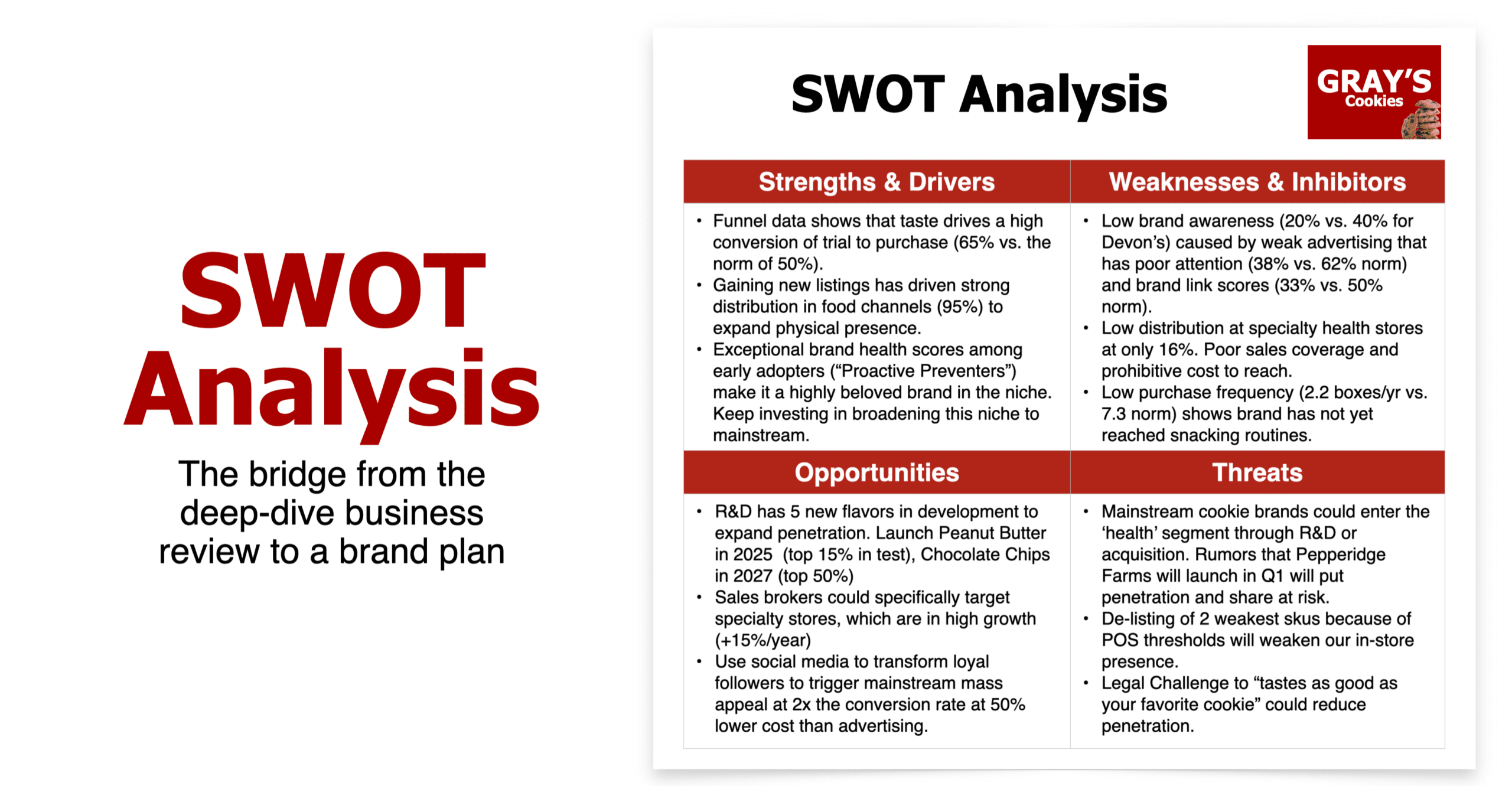



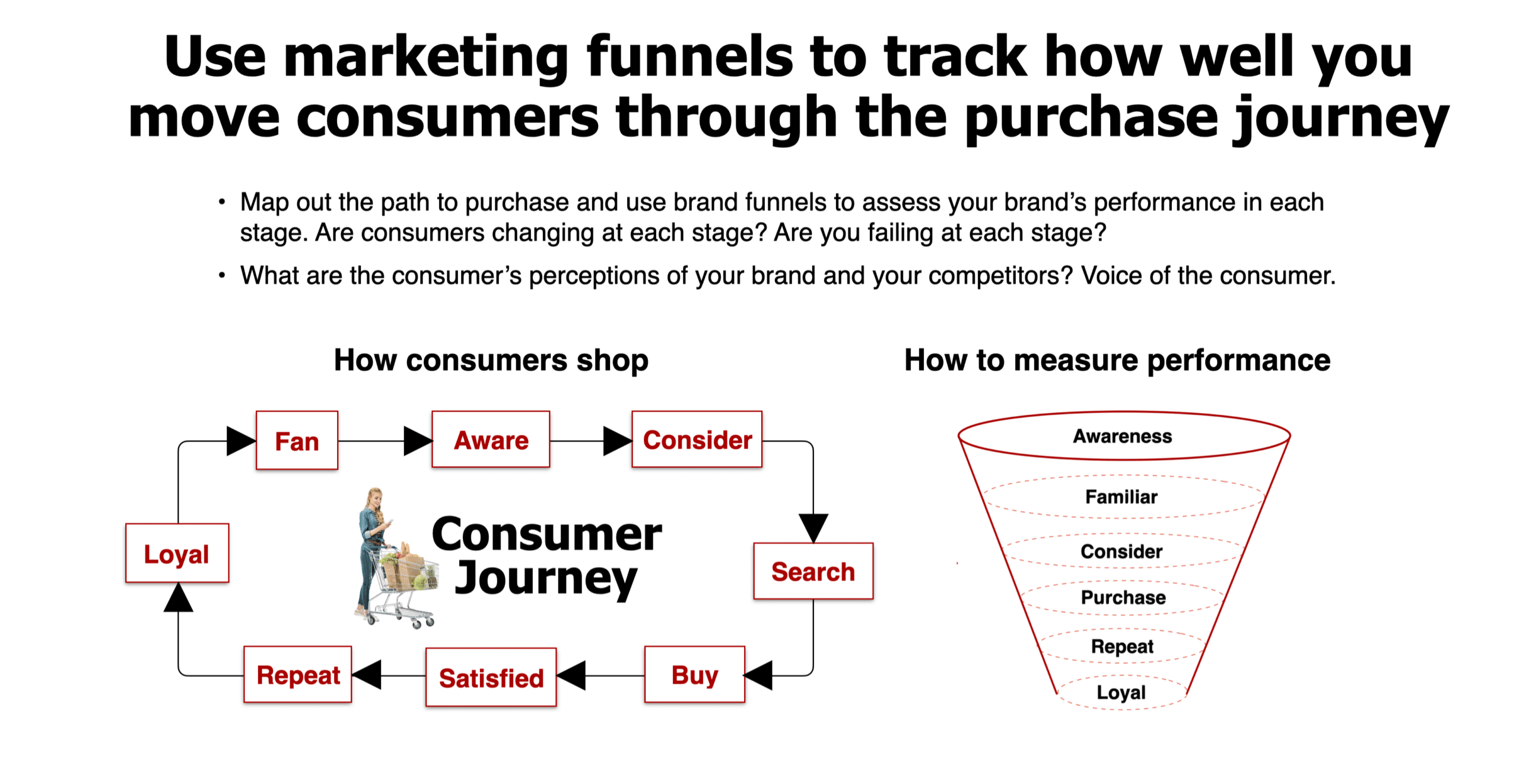
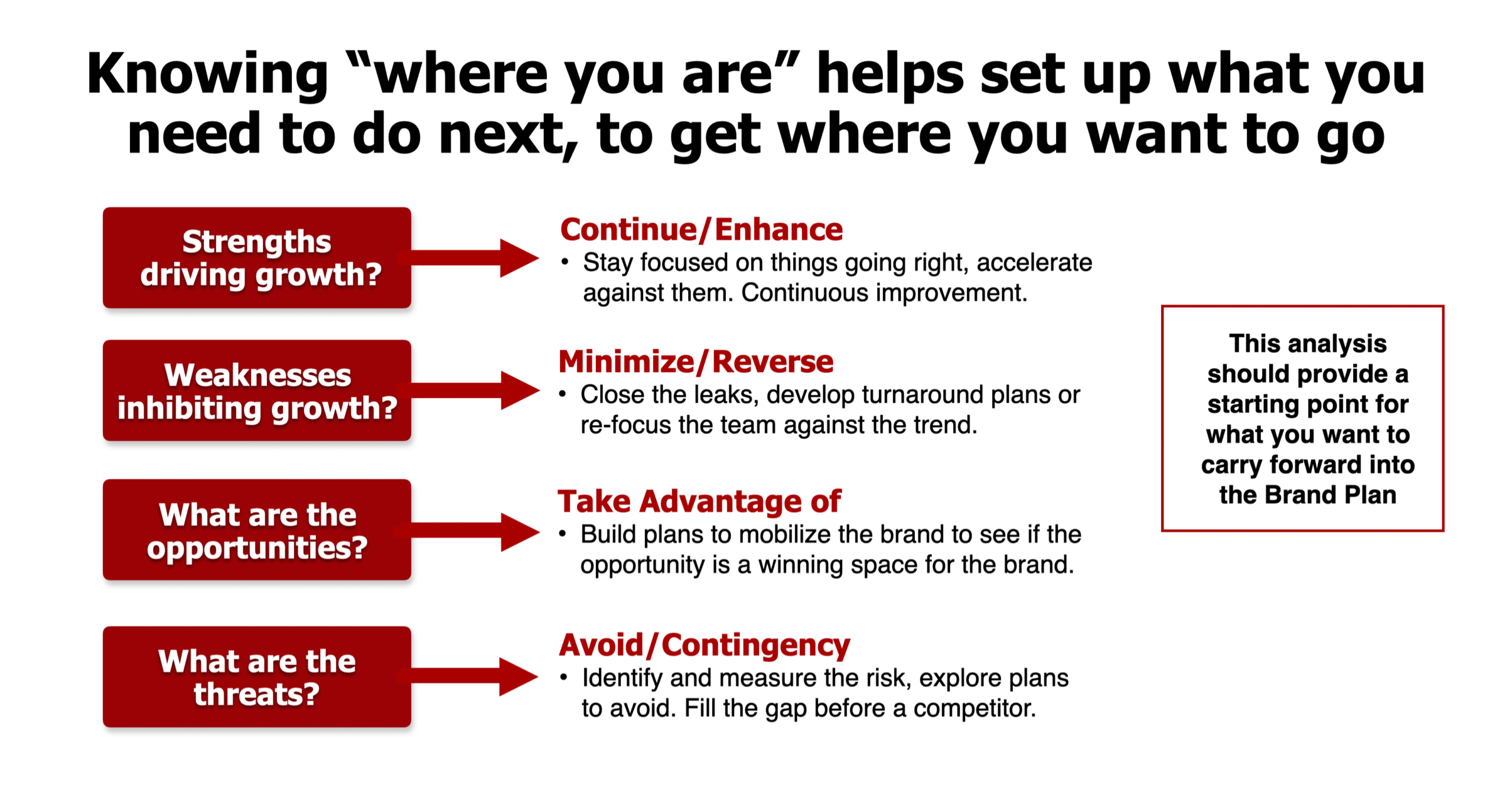



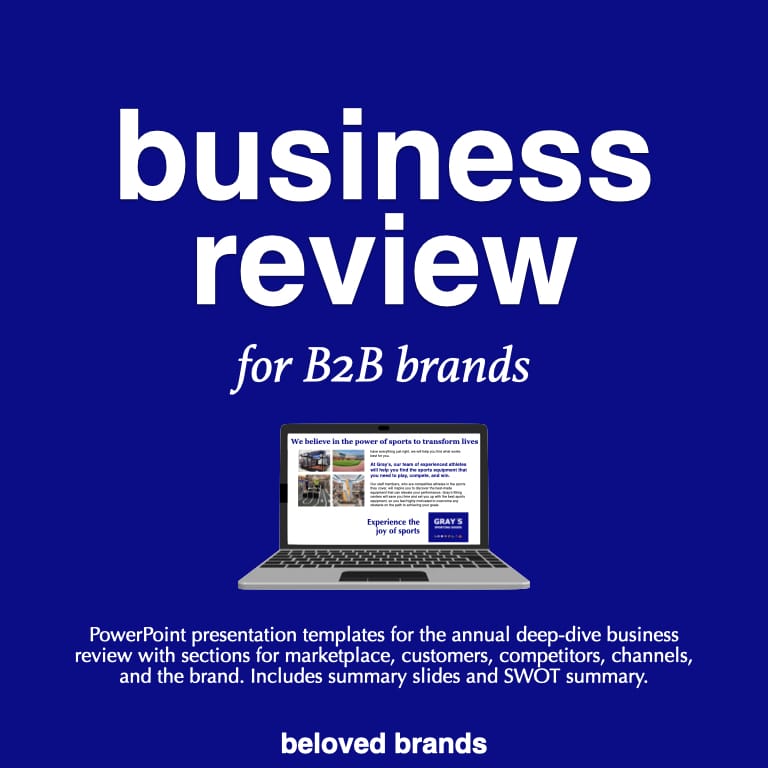
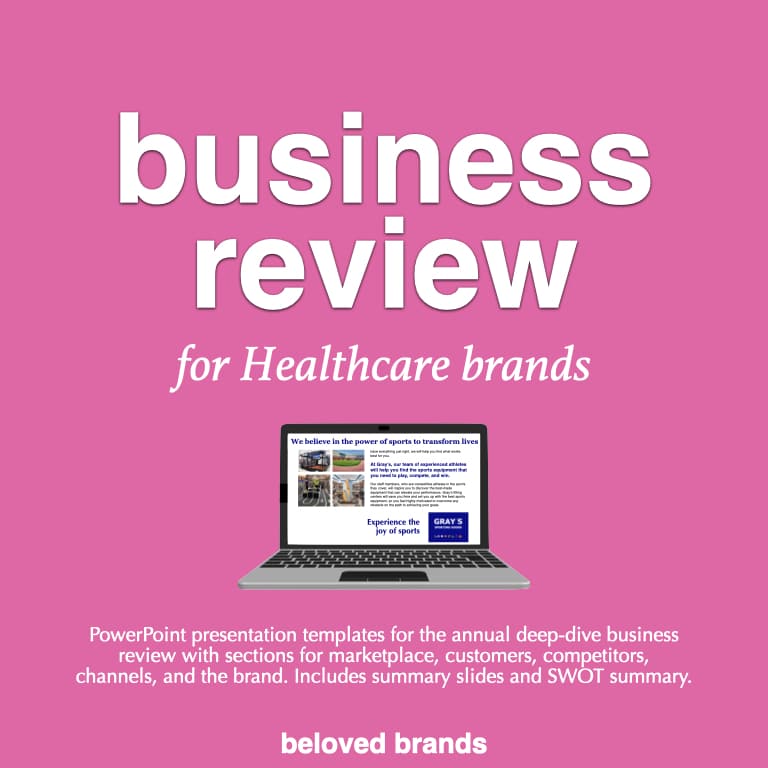
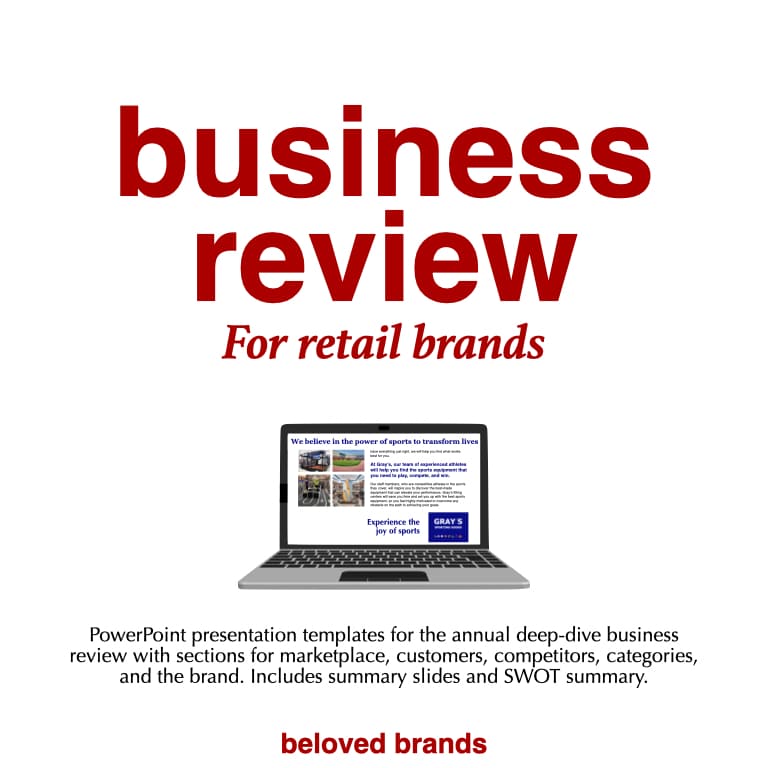


 Brand Analytics to find insights
Brand Analytics to find insights Challenge your Strategic Thinking
Challenge your Strategic Thinking Sharpen your Brand Positioning
Sharpen your Brand Positioning Build a Brand Plan that defines a better future
Build a Brand Plan that defines a better future Master decision-making on Marketing Execution
Master decision-making on Marketing Execution








